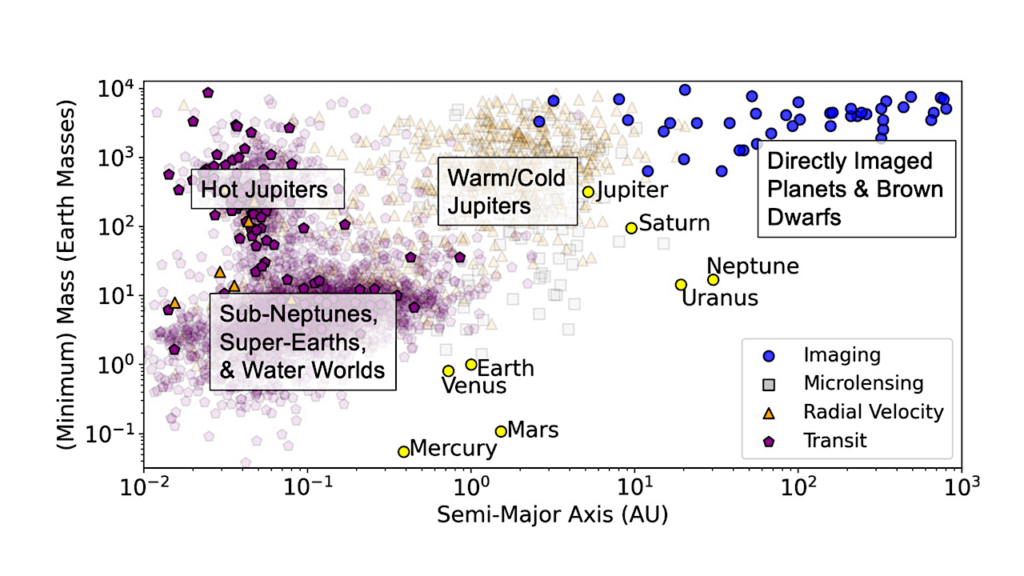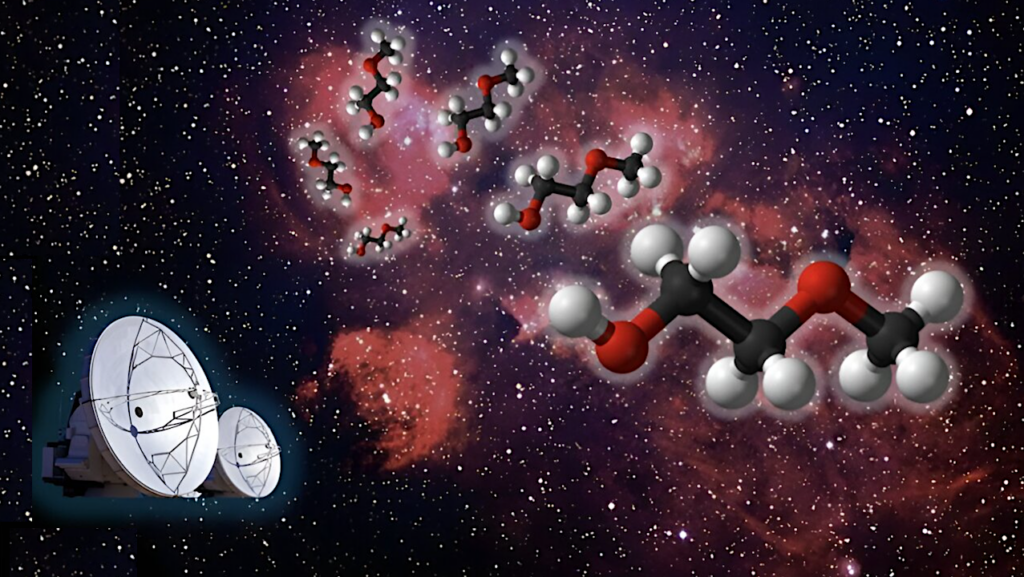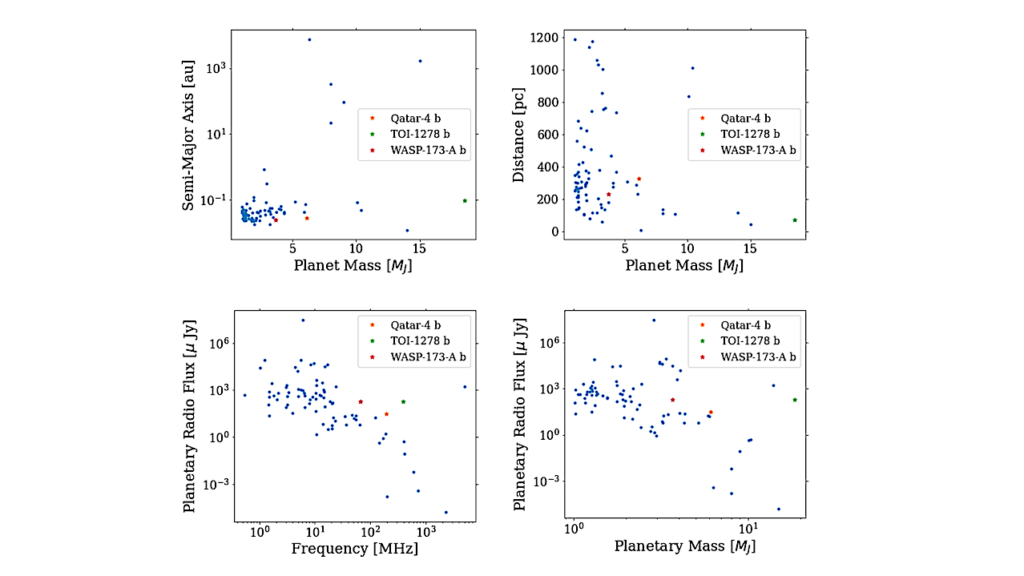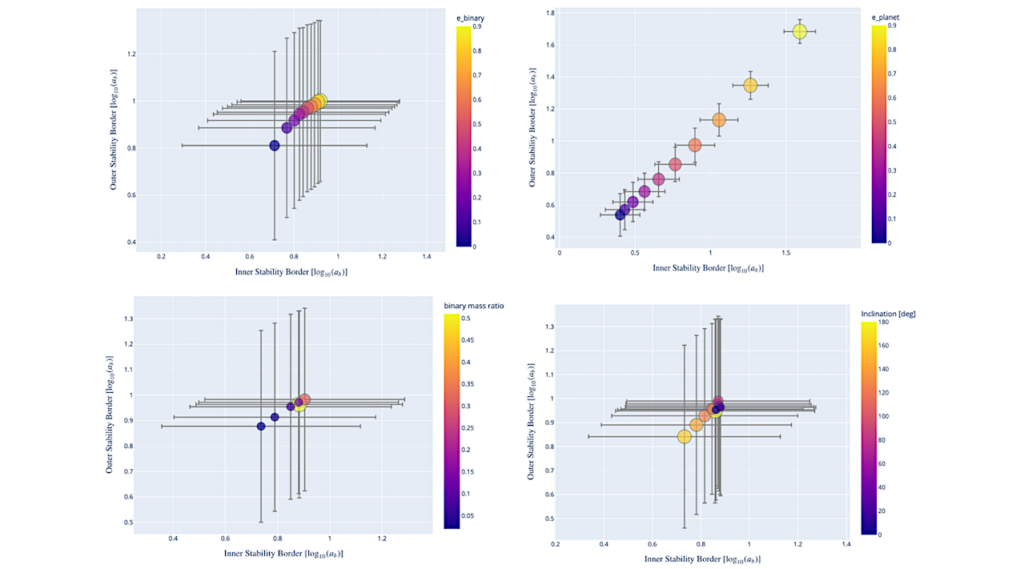Effect of Centrifugal Force on Transmission Spectroscopy of Exoplanet Atmospheres

Transmission spectroscopy is one of the most successful methods of learning about exoplanet atmospheres.
The process of retrievals using transmission spectroscopy consists of creating numerous forward models and comparing them to observations to solve the inverse problem of constraining the atmospheric properties of exoplanets. We explore the impact of one simplifying assumption commonly employed by forward models of transiting exoplanets: namely that the planet can be treated as an isolated, non-rotating spherical body. The centrifugal acceleration due to a planet’s rotation opposes the gravitational pull on a planet’s atmosphere and increases its scale height.
Conventional forward models used for retrievals generally do not include this effect. We find that atmospheric retrievals produce significantly different results for close-in planets with low gravity when this assumption is removed, e.g., differences between true and retrieved values of gas abundances greater than 1σ for a simulated planet analogous to WASP-19 b. We recommend that the correction to the atmospheric scale height due to this effect be taken into account for the analysis of high precision transmission spectra of exoplanets in the future, most immediately JWST Cycle 1 targets WASP-19 b and WASP-121 b.
Agnibha Banerjee, Joanna K. Barstow, Carole A. Haswell, Stephen R. Lewis
Comments: 5 pages, 4 figures, accepted for publication in MNRAS Letters
Subjects: Earth and Planetary Astrophysics (astro-ph.EP)
Cite as: arXiv:2305.08610 [astro-ph.EP] (or arXiv:2305.08610v1 [astro-ph.EP] for this version)
Submission history
From: Agnibha Banerjee
[v1] Mon, 15 May 2023 12:42:46 UTC (2,141 KB)
https://arxiv.org/abs/2305.08610
Astrobiology








